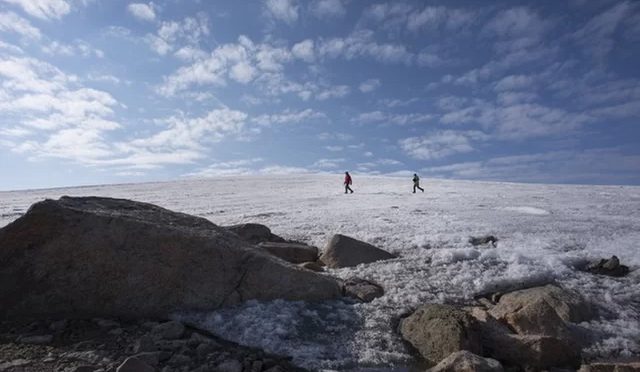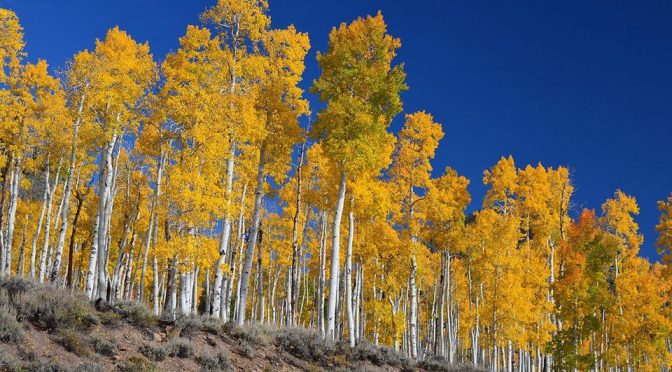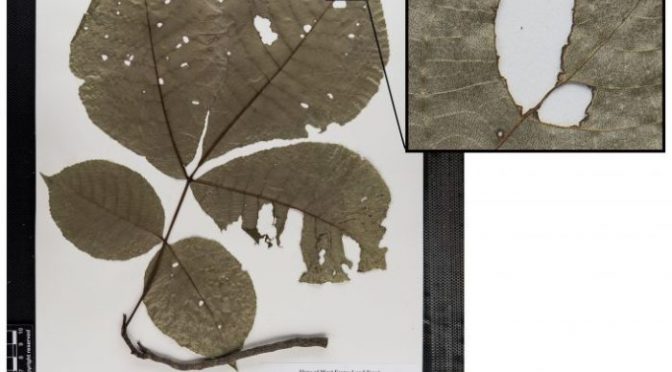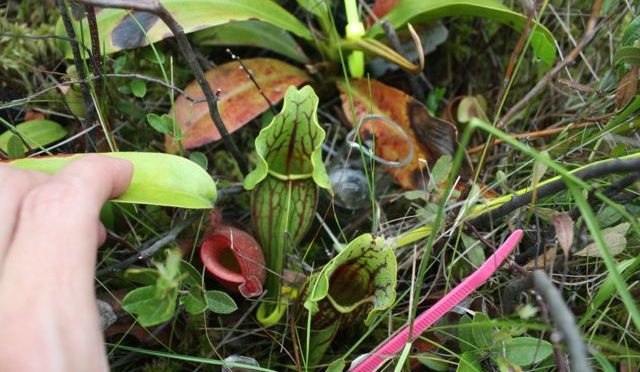Category: Ecosystems
-

Retreating Glaciers Reveal Long Buried Plant Communities
The retreat of Arctic glaciers is exposing landscapes that haven’t seen the sun for nearly 120,000 years. (Click on title for full story.)
-

Mangrove Forests Are Disappearing… Except where Mangroves Are Becoming Invasive
Warmer temperatures are causing more tropical species to move northward. Among these are black mangroves, whose abundance is steadily increasing in the northern Gulf of Mexico. Black mangroves grow as short trees in a dwarf forest and displace many plants common to Gulf salt marshes. (Click on title for full story)
-

Exotic Plant Species Become Invasive When They Are Most Unlike Native Species
The results showed that non-native plants are more likely to become invasive when they possess biological traits that are different from the native community and that plant height can be a competitive advantage. (Click on title for full story.)
-

Mystery Solved? Old Assumptions Debunked? Why Are Tropical Forests So Diverse?
“This study is the first demonstration on such a large scale that escaping from the area of one’s parent greatly increases the chance that a seed will survive to become a parent tree itself,” (Click on title for full story.)
-

Domino Effect? Invasive Plant Species Favor Invasive Animal Species
“Specifically, by altering the chemistry of aquatic environments, we found that invasive plant species increased the success of an invasive species, but harmed the native species. These results are consistent with the invasional meltdown hypothesis, which suggests that the presence of an invasive species may actually encourage the spread and establishment of other invasive species.”…
-

How Can One Of The Largest Living Organisms Be Eaten Away? The Death Of The Pando Aspens
The team specifically found that the grove of aspens hasn’t been able to effectively replace its aging and dying trees. The grove of 47,000 trees has remained for thousands of years partially because the single organism has been able to supply trees at every stage of an aspen’s life, helping it to be resistant to…
-

How One Invasive Plant Pest Degraded And Transformed An Entire Ecosystem
In the long term, replacement of hemlock stands by other vegetation communities, such as deciduous forests or communities dominated by nonnative plants, may lead to less diverse, more homogeneous bird communities across the area. “We’re losing specialists and seeing more generalized species, leading to less biodiversity on a global scale. We know this is a…
-

They Will Out-Eat US: Climate Change Is Causing Greater Insect Damage To Plants
The data also showed that insect damage was greater following warmer winters and at low latitudes, suggesting that the higher temperatures driven by climate change could be a factor driving insect damage. “The overwhelming pattern is that across these four different plant species, with different life histories, insect damage is increasing over time,” (Click on…
-

Although Separated By Continents And Seas, Carnivorous Plants Can Trade Homes
Asian pitchers transplanted to Massachusetts bogs can even mimic the natives so well that the pitcher plant mosquito — a specialized insect that evolved to complete its life cycle exclusively in North American pitchers — lays eggs in the impostors. The researchers say this work provides a much richer picture of how convergence can extend…
-

The Mayan Civilization Collapsed Due To Deforestation. And The Land Has Still Not Recovered
“When you go to this area today, much of it looks like dense, old-growth rainforest, But when you look at soil carbon storage, it seems the ecosystem was fundamentally changed and never returned to its original state.” (Click on title for full story.)
